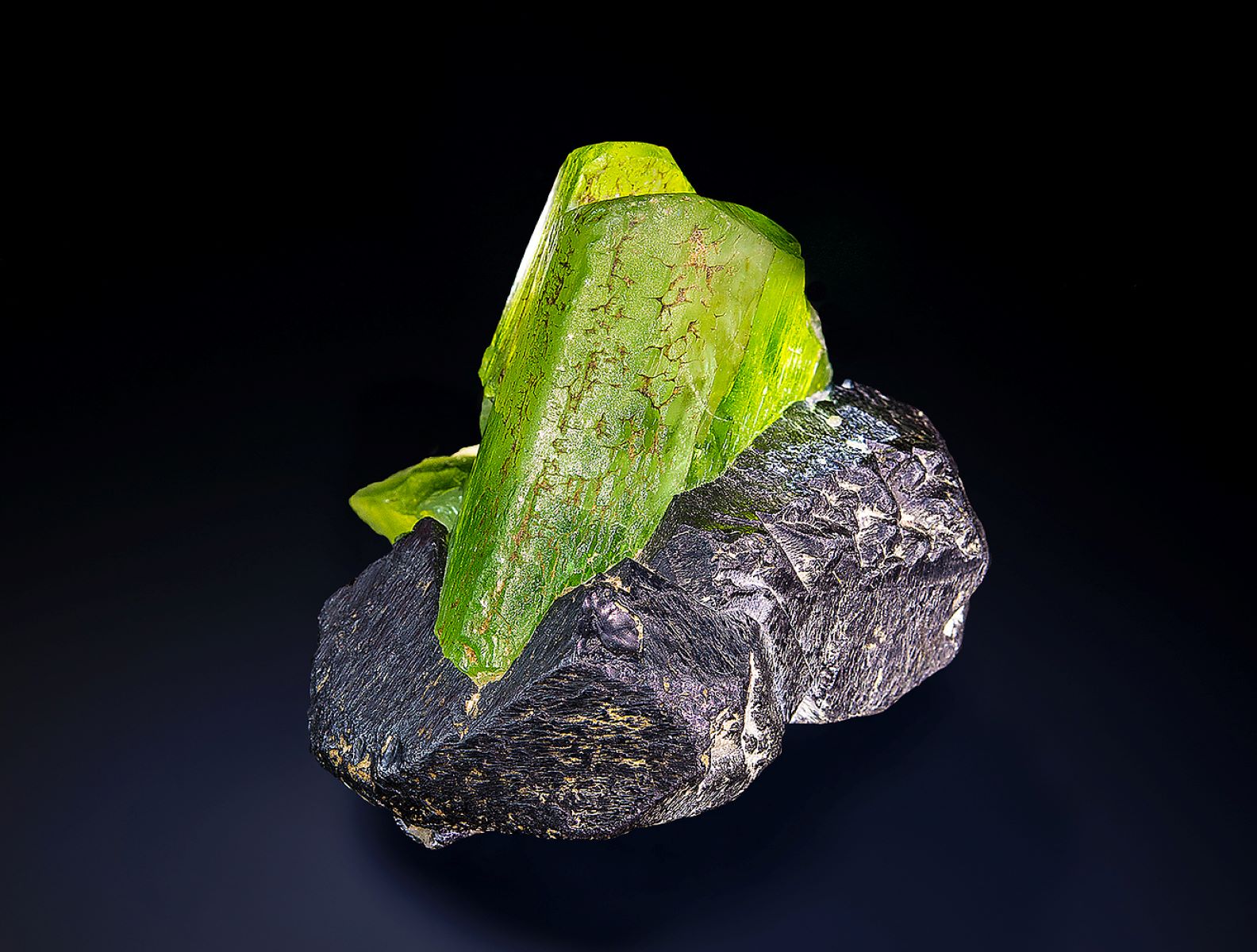
Ferrohortonolite might sound like a mouthful, but this mineral holds some intriguing secrets. Found in igneous and metamorphic rocks, it belongs to the olivine group. Ferrohortonolite is rich in iron and magnesium, giving it a unique greenish hue. This mineral often forms in high-temperature environments, making it a key player in understanding geological processes. Its crystal structure is orthorhombic, which means it has three axes of different lengths intersecting at right angles. Ferrohortonolite is not just a pretty face; it’s also a window into the Earth’s mantle. Ready to learn more? Let’s dive into 30 fascinating facts about Ferrohortonolite!
Key Takeaways:
- Ferrohortonolite, a greenish mineral with iron and magnesium, is found in rocks and meteorites. It's used in industry, as a gemstone, and for scientific research on Earth's mantle.
- Ferrohortonolite's unique properties, like its color-changing ability and hardness, make it a fascinating subject for geologists and mineral enthusiasts. It helps us understand Earth's composition and high-pressure conditions.
What is Ferrohortonolite?
Ferrohortonolite is a fascinating mineral belonging to the olivine group. It has unique properties and characteristics that make it a subject of interest for geologists and mineral enthusiasts alike. Here are some intriguing facts about this mineral.
- Ferrohortonolite is a member of the olivine group, which includes minerals like forsterite and fayalite.
- The name "ferrohortonolite" comes from its iron content, with "ferro" indicating iron.
- This mineral typically forms in igneous and metamorphic rocks.
- It has a distinct greenish color, often with a hint of brown due to iron oxidation.
- Ferrohortonolite's chemical formula is (Fe,Mg)2SiO4, indicating it contains both iron and magnesium.
- It has a hardness of 6.5 to 7 on the Mohs scale, making it relatively hard.
- The mineral has a specific gravity of about 4.1, which is quite dense.
- Ferrohortonolite is often found in association with other olivine group minerals.
- It can be identified by its conchoidal fracture, which means it breaks with smooth, curved surfaces.
- This mineral is typically found in ultramafic rocks, which are rich in magnesium and iron.
Where is Ferrohortonolite Found?
Ferrohortonolite can be found in various locations around the world. Its presence is often linked to specific geological conditions.
- It is commonly found in peridotite, a type of ultramafic rock.
- Significant deposits have been discovered in the United States, particularly in states like Montana and Arizona.
- Ferrohortonolite has also been found in Canada, especially in the province of Quebec.
- Other notable locations include Norway, Russia, and South Africa.
- The mineral is often associated with kimberlite pipes, which are volcanic formations known for containing diamonds.
- It can also be found in meteorites, providing clues about the composition of other celestial bodies.
- Ferrohortonolite is sometimes discovered in ophiolites, which are sections of the oceanic crust that have been uplifted onto continental crust.
Uses and Applications of Ferrohortonolite
While ferrohortonolite is not as widely used as some other minerals, it has specific applications that make it valuable in certain fields.
- It is used in geological studies to understand the formation and composition of igneous and metamorphic rocks.
- Ferrohortonolite can be a source of iron and magnesium in industrial processes.
- It is sometimes used as a gemstone, although it is not as popular as other olivine minerals like peridot.
- The mineral's unique properties make it useful in scientific research, particularly in the study of high-pressure and high-temperature conditions.
- Ferrohortonolite can be used as an abrasive material due to its hardness.
- It is also studied for its potential use in carbon capture and storage, as it can react with carbon dioxide to form stable carbonates.
Interesting Facts About Ferrohortonolite
There are many lesser-known but fascinating aspects of ferrohortonolite that make it a subject of interest for mineral enthusiasts.
- The mineral's green color can vary depending on the amount of iron and magnesium present.
- Ferrohortonolite can exhibit pleochroism, meaning it appears to change color when viewed from different angles.
- It has a vitreous luster, giving it a glassy appearance.
- The mineral can sometimes contain inclusions of other minerals, adding to its complexity.
- Ferrohortonolite is often studied in thin sections under a microscope to reveal its internal structure.
- It can form in both intrusive and extrusive igneous rocks, depending on the cooling rate of the magma.
- The study of ferrohortonolite and other olivine group minerals helps scientists understand the Earth's mantle, as these minerals are believed to be abundant in that layer.
Final Thoughts on Ferrohortonolite
Ferrohortonolite, a fascinating mineral, holds a unique place in the world of geology. Its distinct composition, blending iron and magnesium, makes it a subject of interest for both scientists and collectors. Found primarily in metamorphic rocks, this mineral showcases the incredible processes that shape our planet. Its greenish hue and crystal structure add to its allure, making it a prized specimen in many collections.
Understanding ferrohortonolite's properties and formation can provide insights into geological history and the conditions that lead to its creation. This mineral's study not only enriches our knowledge of Earth's past but also aids in predicting geological changes. Whether you're a seasoned geologist or a curious enthusiast, ferrohortonolite offers a glimpse into the dynamic and ever-changing nature of our planet. So next time you come across this intriguing mineral, take a moment to appreciate its story and the secrets it holds.
Frequently Asked Questions
Was this page helpful?
Our commitment to delivering trustworthy and engaging content is at the heart of what we do. Each fact on our site is contributed by real users like you, bringing a wealth of diverse insights and information. To ensure the highest standards of accuracy and reliability, our dedicated editors meticulously review each submission. This process guarantees that the facts we share are not only fascinating but also credible. Trust in our commitment to quality and authenticity as you explore and learn with us.
